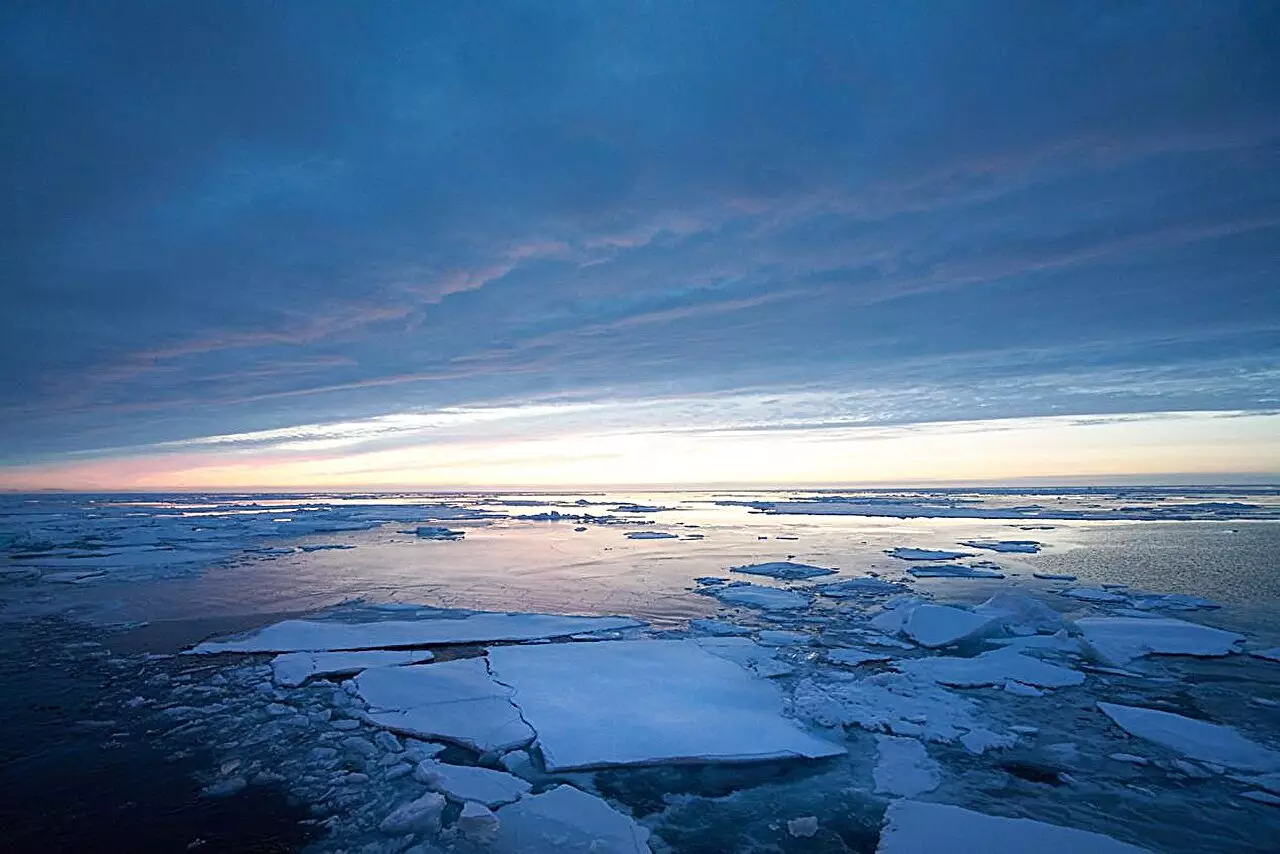In the contemporary scientific narrative, few topics resonate in urgency as strongly as the rapid warming of the Arctic, popularly referred to as Arctic amplification. This phenomenon has far-reaching implications, not only for the fragile Arctic ecosystems but also for global climate patterns. The reported facts illustrate the complexities of climate interactions, showcasing how local changes can ripple through the entire atmosphere, significantly altering weather systems worldwide.
Moisture, Temperature, and Feedback Loops
At the core of this intricate climate tapestry lies the Clausius-Clapeyron relationship, which underscores the connection between rising temperatures and increased atmospheric moisture. This is no trivial matter; the additional water vapor plays dual roles as a potent greenhouse gas, thus further ensnaring the climate in a cycle of warming. The implications of this feedback loop are profound: as temperatures rise, they catalyze the processes that lead to even more temperature increases, creating an escalating situation that challenges our understanding of climate dynamics.
Atmospheric Rivers: Conduits of Change
Central to the discussion of Arctic moisture is the phenomenon known as Atmospheric Rivers (ARs)—narrow corridors of intense moisture that significantly influence climate dynamics. They might constitute a mere 10% of the atmosphere’s activity, yet they transport an astonishing 90% of the moisture moving toward polar regions. Their impact, particularly during the summer months, becomes critical as we examine how they contribute to long-term variability in water vapor in the Arctic, an area not yet fully explored.
New Insights from International Research
A groundbreaking study published in Nature Communications, led by a collaborative team of scientists from various countries, has begun to illuminate the intricate link between ARs and Arctic moisture variability. By exploring the correlations between specific humidity, atmospheric circulation, and temperature, the researchers uncovered that these physical mechanisms are closely interrelated. While prior assumptions often pointed to human-induced climate change as the root cause of changes in AR activity, this research emphasizes the significant role of internal climate variability.
The Complexity of Attribution
Notably, the study highlights that the long-term shifts observed in Arctic summer moisture due to ARs cannot be solely ascribed to anthropogenic factors. Prof. Qinghua Ding from the University of California, Santa Barbara, emphasized this insight, suggesting that while global warming is a critical aspect, other natural variabilities within the climate system are equally influential. This revelation adds layers to our understanding of climate dynamics and complicates the narrative that attributes simple cause-and-effect relationships to climate change.
Regional Impacts and Future Implications
Particularly concerning is the finding that ARs have contributed to over 36% of the increase in Arctic summer water vapor trends since 1979. In regions like western Greenland, northern Europe, and eastern Siberia, the contribution skyrockets to over 50%. This regional amplification of moisture transport underscores the pivotal role ARs play in shaping the Arctic’s climatic future. As Dr. Wang Zhibiao from the Institute of Atmospheric Physics points out, the seemingly chaotic nature of ARs belies their critical contributions to modulating moisture levels in this rapidly changing environment.
With ongoing research, we are beginning to unravel the complexities behind Arctic amplification and its interconnections with atmospheric phenomena like ARs. Such investigations not only deepen our understanding of climate dynamics but also point toward essential adaptations needed for both environmental and societal resilience in the face of climate change.

